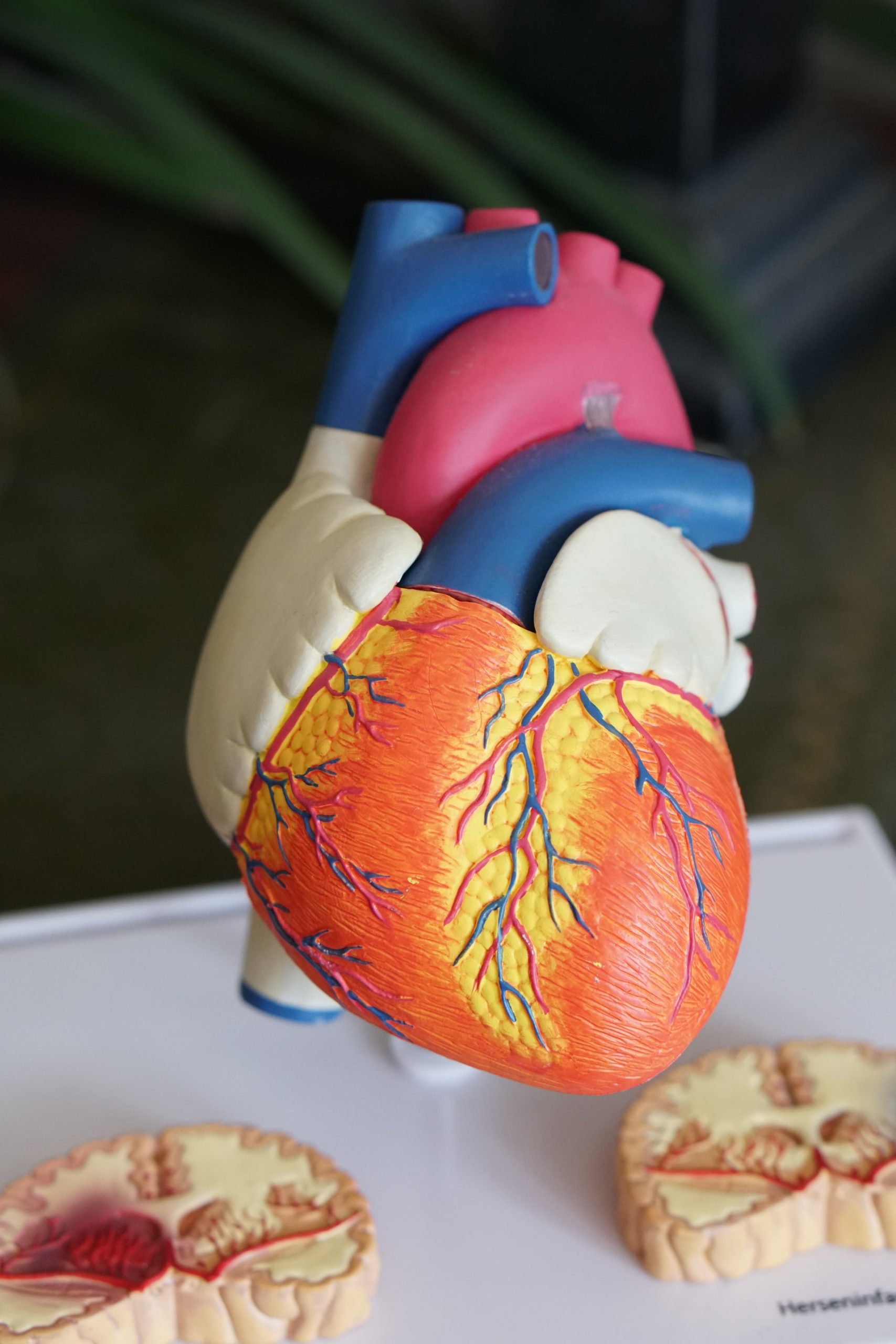The #1 cause of death among men in the United States is heart disease, killing 1 in every 4 men, according to the Centers for Disease Control and Prevention. Moreover, half of the men who die suddenly of coronary heart disease have no previous symptoms.
That is why management of risk factors like high levels of LDL “bad” cholesterol is so critical. In physicians’ offices nationwide, management usually focuses on medications, specifically statins. That is unfortunate because a heart-healthy lifestyle, like the lifestyle we teach at the Pritikin Longevity Center, can be more effective than medications.

Certainly, reducing LDL cholesterol is vital for the prevention of heart attacks, strokes, and other cardiovascular diseases, and statin drugs often do a good job of lowering LDL. But there are many factors in addition to high LDL that damage our arteries, and most are diet/lifestyle related, including high blood pressure, high blood sugar, excess weight, smoking, and high triglyceride levels. Statins do not eliminate these artery killers.
As a result, reducing LDL levels with statin drugs alone is generally insufficient for stopping and reversing cardiovascular disease and preventing most heart attacks and strokes. The fact is, the #1 cause of death in Americans taking statins to prevent heart attacks is still heart attacks.
The good news is that healthy lifestyles like the Pritikin Program can control, and often reverse, virtually all lifestyle-related factors that lead to heart attacks. Put simply, when we exercise daily and eat well – an abundance of whole foods like fruits, vegetables, and whole grains, and very little salt, saturated fat, sugar, and refined (“white”) carbohydrates – the following benefits happen, demonstrated in more than 100 peer-reviewed studies on the Pritikin Program:
- Decreased LDL bad cholesterol levels, and
- Decreased blood pressure
- Decreased blood glucose (sugar) and insulin levels
- Loss of excess body fat
- Decreased levels of inflammatory factors
- Decreased triglyceride levels
A healthy lifestyle, in short, can help us fight heart disease on many more fronts than medications alone.
If your doctor recommends medications like statins, by all means take them. But don’t stop there. In my past 10 years as Medical Director of the Pritikin Longevity Center in Miami, I have repeatedly and consistently observed that adopting a healthy lifestyle like Pritikin does not just improve risk factors. It improves life. In the one to two weeks my patients are here at Pritikin learning how to live a healthier lifestyle, their quality of life improves, and tremendously so. They become more physically fit, energized, and emotionally engaged. In a word, they’re happier. They feel renewed, or, as they often tell me, transformed.
To be sure, popping pills is easier than hopping on a treadmill every morning and being careful each day about what we eat. But which is better? Hands down, the treadmill and good food. When we change our lifestyle, we not only negate the need for many medications, we live better.



